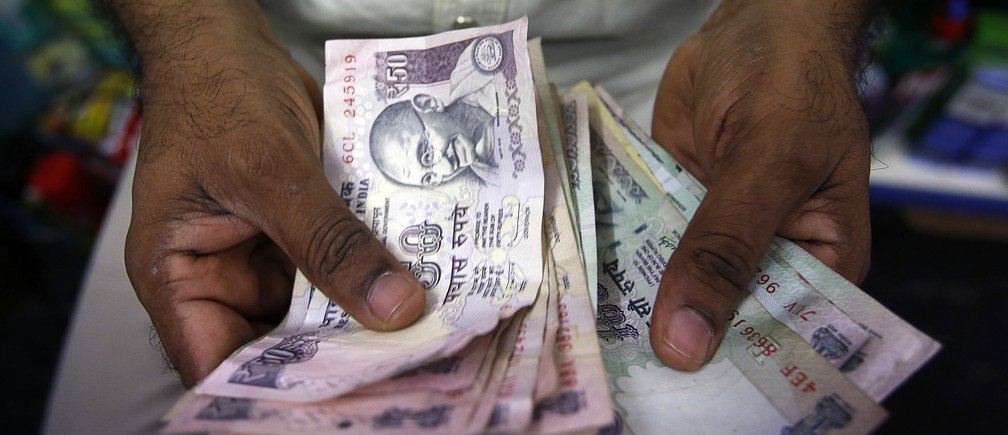I returned from Davos in January with my head buzzing. I’m always amazed by how many different topics are squeezed into just a few short days; migration, climate change, artificial intelligence, nutrition, to name just a few.
Yet, there was one topic I heard about consistently from all attendees; corruption. From business leaders to religious leaders, whether it was the current difficulties at FIFA or the embezzlement of public funds in sub-Saharan Africa, no person or corner of the globe seemed untouched.
It took me back to conversations I had had just a few weeks earlier.
I was in Maharashtra, India, (City of Mumbai and Famous Siddhi Vinayank Temple) in December as part of my work for the World Economic Forum’s Partnering Against Corruption Initiative (PACI). Instead of global leaders and CEOs of multinationals, I was listening to local business people and public officials. Yet sentiments remained the same. Corruption was hurting their livelihoods.
Nearly half of all firms in Maharashtra are expected to give “gifts” to obtain an operating licence, almost twice as high as India as a whole. In public transactions more generally, over a fifth of companies would be asked for an informal payment according to the World Bank’s Enterprise Survey.
This creates very real problems for businesses looking to invest in Maharashtra and for the local firms who operate there. And if business does not flourish, neither will citizens. They will suffer higher unemployment and more expensive services without greater transparency.
Maharashtra’s difficulties do not result from a lack of will. Attendees at our PACI workshop were committed to change, regardless of sector and were mostly aware of the transformations that needed to take place. Many of these fell to the public sector. The government needed to make more information about the processes available and to better standardize procedures.
However, attendees understood these changes couldn’t be created in a vacuum. Instead, they would only take place if stakeholders could monitor these improvements and push for greater reform. Of all the solutions proposed in Maharashtra that day, the one that struck me the most was creation of a specific web-based tool to help stakeholders do just this; review and propose changes to government agencies.
But these efforts should not be confined to the residents of Maharashtra. Tackling corruption requires international as well as national and local efforts. One of the other reforms called for was a benchmarking tool; a way in which citizens could measure the effectiveness of different government agencies related to their efforts to control corruption, both regionally and nationally.
The World Economic Forum will help with this. As part of PACI’s Building Foundations for Transparency project, the team has created an online diagnostic tool which makes crucial transparency data available as well as informing stakeholders about work being done.


This could be augmented in the future, allowing input and feedback to be shared across all key stakeholders, similar to the tool proposed by the session attendees.
I left our meeting feeling optimistic, as did many of the participants. Most of them see most aspects of transparency improving in the next 10 years.
The problem of corruption will never be definitively solved – instead the fight against it must be ceaseless. As the recent scandal at FIFA showed us, even well-respected international institutions can fall victim to the corruption if neglected. I believe that only through constant effort and collaboration, can transparency truly be improved everywhere.
From major global institutions to local government, the determination to be more accountable is there. If we harness it, we could have a very different world 10 years’ time.
🔰Credit: By James H. Cottrell, Partner, Dolomite & @WEForum






